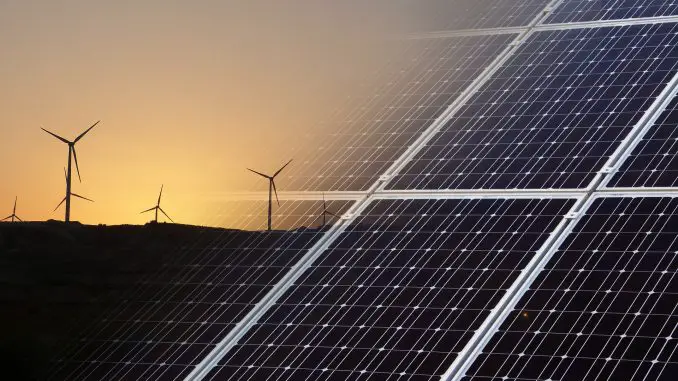
What sources provide renewable energy?
Renewable energy comes from sources that are constantly being renewed at a rapid rate. Examples of renewable energy are hydropower, wind power, solar energy, and bioenergy. Bioenergy is the energy that is produced from biomass such as plants and plant parts of different kinds. Since biomass is continuously being newly formed, bioenergy is a renewable energy source.
Agriculture contributes little to our production of bioenergy
Today, most of the bioenergy comes from forest raw materials. Agriculture contributes only a small portion of our bioenergy production. For example, the agricultural products that become bioenergy are cereals used in the production of ethanol and salix for heat production. Agriculture can become a bigger producer of energy than it is now. The potential to increase the production of energy crops is great, but how great the actual production will depend on political signals, food prices, attitudes and more.
Untapped potential is agricultural residues, which can be used both as solid fuels, for example, straw, and for biogas production, for example, manure. The advantage of the residual products is that they generally do not compete with food production in the same way that the cultivation of energy crops can do.
Farmers and other rural entrepreneurs also play an important role in the development of renewable energy other than bioenergy, such as wind power, as it is in the countryside that the large land resources exist.
Common goals for renewable energy
Active work in the energy sector is ongoing within the EU. Common goals have been set for renewable energy: by 2020, 20 percent of EU energy consumption will come from renewable sources and the share of biofuels will be at least ten percent. In addition, the EU will achieve a target of 20 percent energy efficiency by 2020.
Sustainable production of bioenergy
Bioenergy will certainly be important in energy use in the future. When we use bioenergy instead of fossil energy, our impact on the climate diminishes. However, bioenergy production can be done with methods that are better or worse for both the environment and the climate. The magnitude of the effects will depend, among other things, on production conditions, plant nutrient leaks and transport, as well as how much input energy the conversion process requires. When looking at the effects of bioenergy on the environment and climate, it is therefore important to look at the entire chain, from production, through conversion, to delivery to the end-user.
Sustainable production of bioenergy means that we use our natural resources responsibly and efficiently. A sustainable production system is characterized by methods that take both socio-economic and environmental considerations into account. This means that we must utilize our local energy resources and thereby create opportunities to make energy supply part of the natural cycle and part of rural development.
Leave a Reply